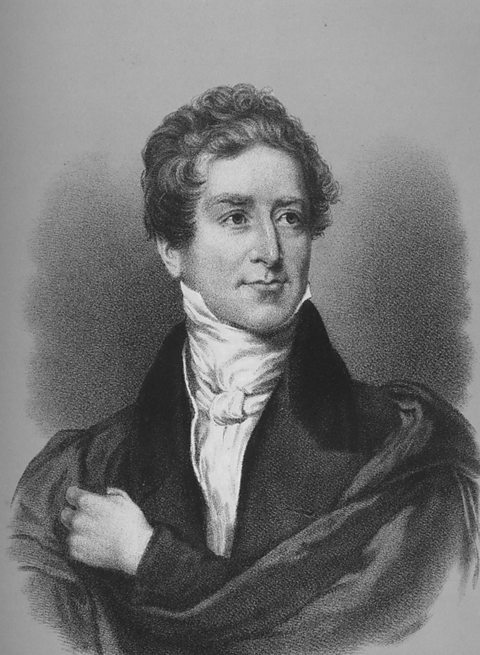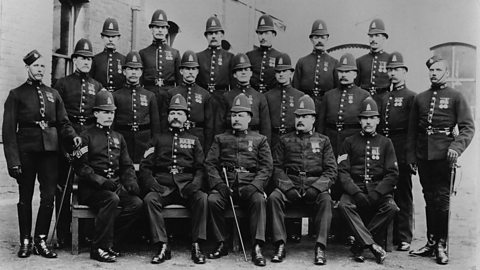More guides on this topic
- Crime and punishment in Britain overview - Edexcel
- Crime and punishment in medieval England, c.1000-c.1500 - Edexcel
- Crime and punishment in early modern England, c.1500-c.1700 - Edexcel
- Crime and punishment in modern Britain, c.1900 - Edexcel
- Crime and punishment in Whitechapel, c.1870-c.1900 - Edexcel

